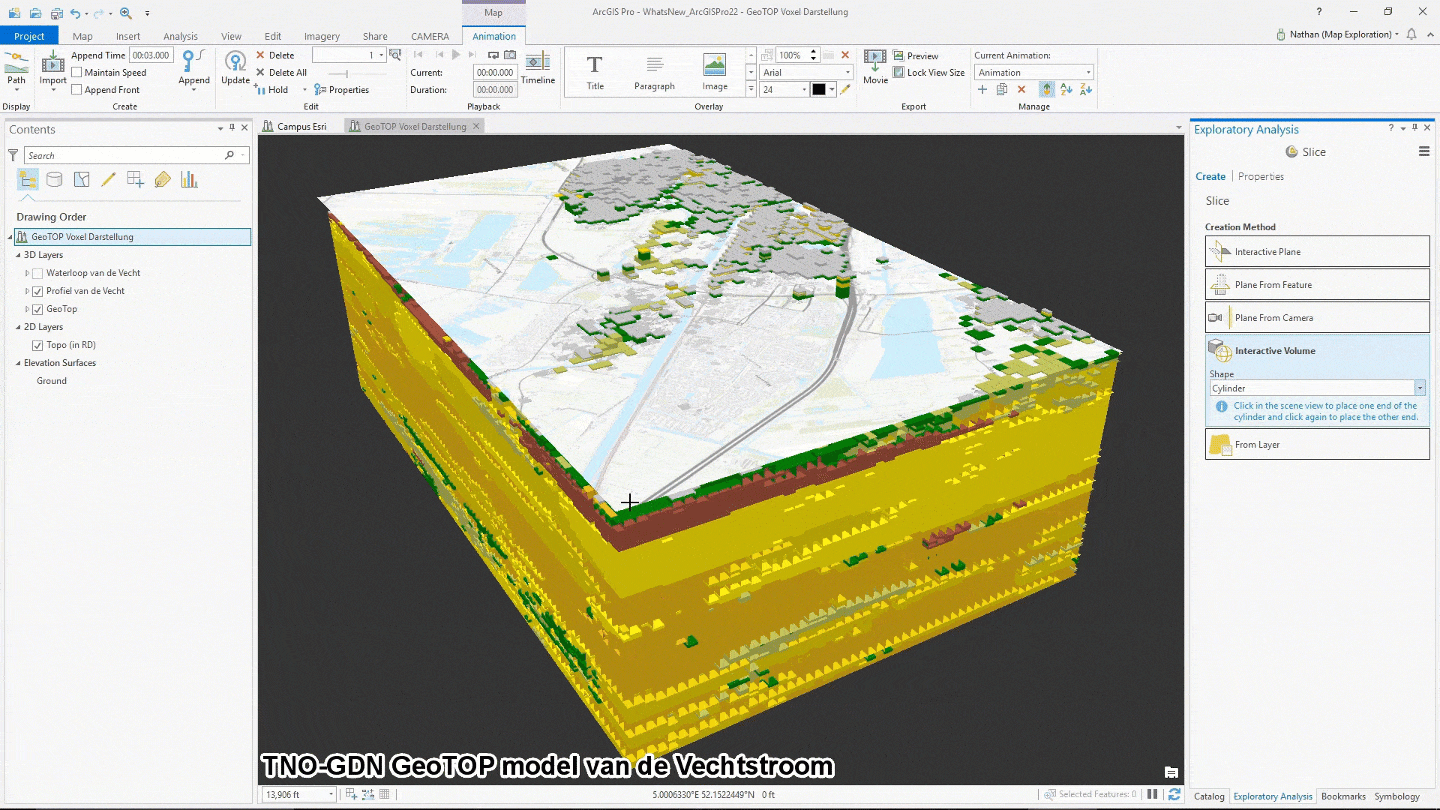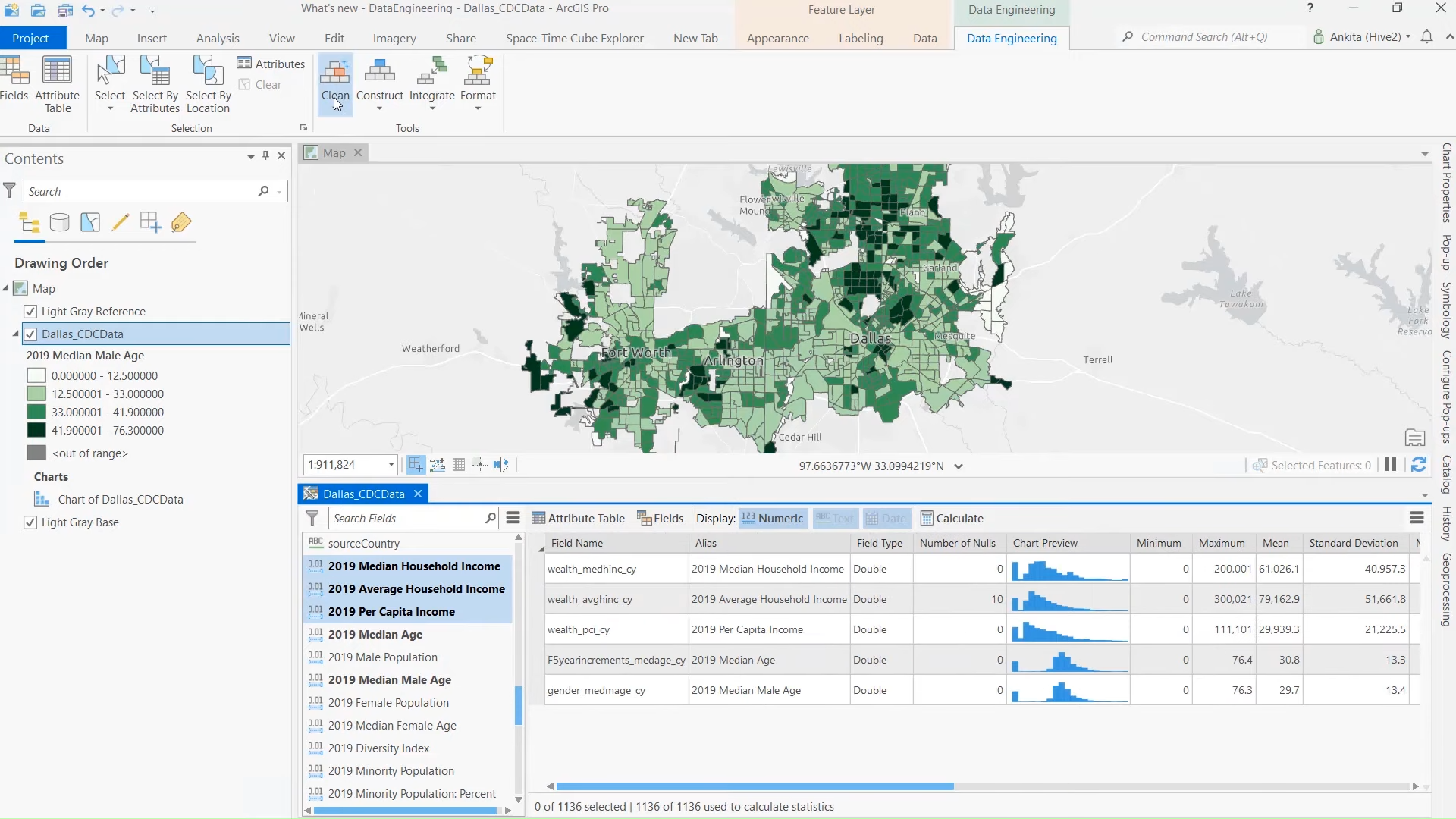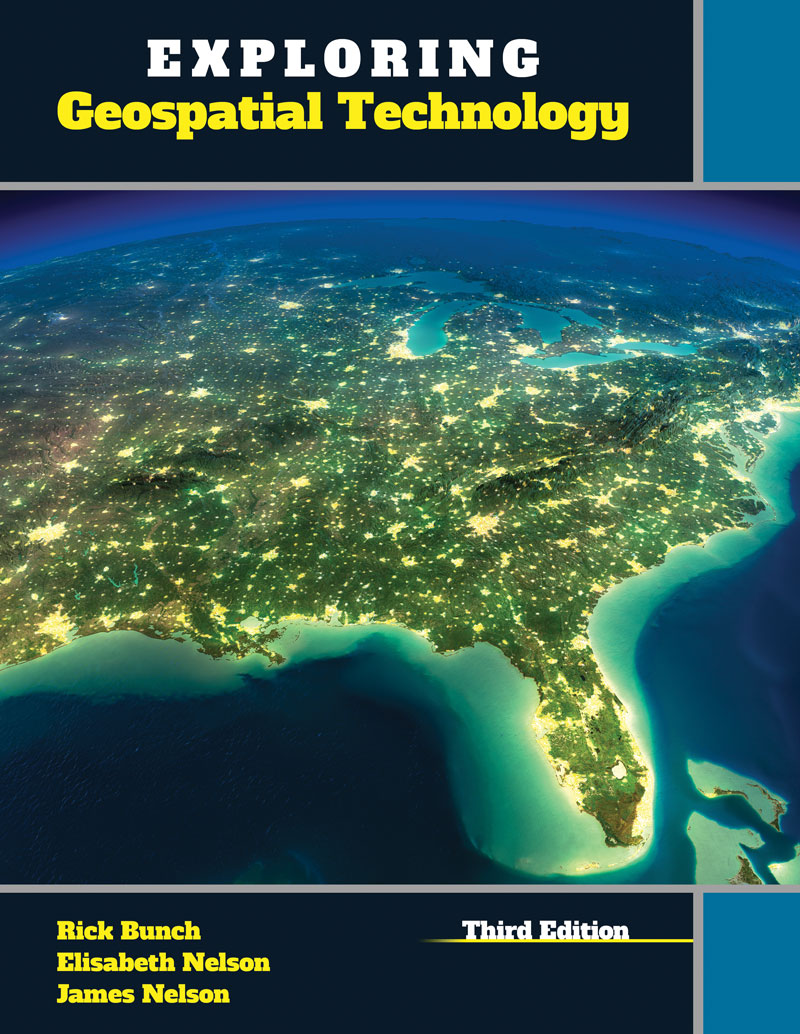
If well managed, this resource has great potential for helping maintain or grow the hardwood timber industry in Queensland. There is a need for forest inventory work to determine where forest management might be best targeted.

However, some works have shown that management (e.g., tree thinning) can greatly enhance the productive value of the native forests and that remote-sensing options can provide useful information on the heights and species within native forest environments. Field surveys suggest that large parts of this resource are in a relatively unproductive condition. However, there is little information on the productive state (in terms of timber production) of this resource. There are approximately 2 million hectares of potentially harvestable private native forest (PNF) in southern Queensland. This informs the development of drone-based and remote-sensing image-processing methods, which will lead to improved forest inventories, thereby providing forest managers with recent, accurate, and efficient information on forest resources. The results can potentially be applied across multiple land tenures and similar forest types. The paper addressed the research question “How well do drone-derived point clouds estimate the height of trees in PNF ecosystems?” The study indicated that a drone with a basic RGB camera can estimate tree height with good confidence.

The study was supported with tree height data collected in the field for one site. In this study, we used image processing to separate individual trees and digital photogrammetry to derive a canopy height model (CHM). The use of drone-derived images and the subsequent application of digital photogrammetry to obtain information about PNFs are underinvestigated in southeast Queensland vegetation types. The research aimed to build capabilities to carry out forest inventory more efficiently without the need to rely on laborious field assessments. If it doesn't give a pop-up saying a new version is available, you can go to the Application menu > About and check for updates.This paper investigated the utility of drone-based environmental monitoring to assist with forest inventory in Queensland private native forests (PNF). You should be able to auto-update from 1.x to 2.0 from within the ArcGIS Pro application. To a writable location if you want to keep your changes. Save a copy of the current project file (.aprx) Writable however, on saving your changes you will see the Save Work with a read-only project in the same manner as if the project is All other instances of the project will be read-only. The first time a project is opened, ArcGIS Pro will have a writable copy of the The same project can be opened several times.Work on multiple projects simultaneously and open a new orĮxisting project without closing your current project. You can now open and run multiple instances of ArcGIS Pro at the same time.Here is a screenshot of my laptop with 4 ArcGIS Pro instances running So while it was not possible to open multiple instances with ArcGIS Pro 1.x, it is possible to do so using 2.x. I tried it briefly this morning and found that it will in fact allow multiple instances to be opened.


ArcGIS Pro 2.0 has just been released yesterday.


 0 kommentar(er)
0 kommentar(er)
